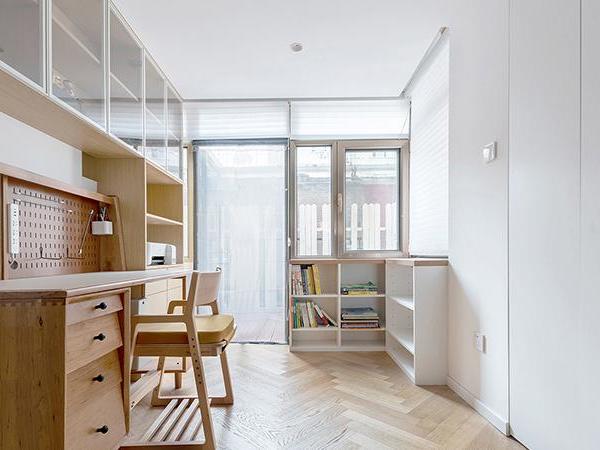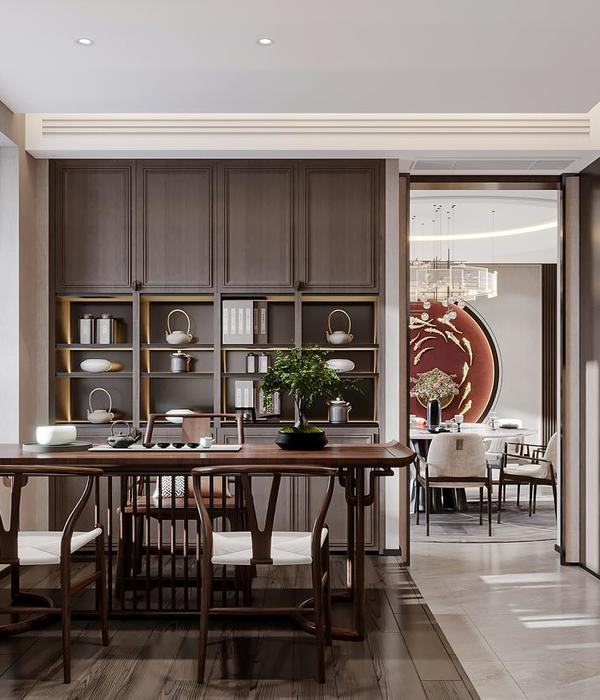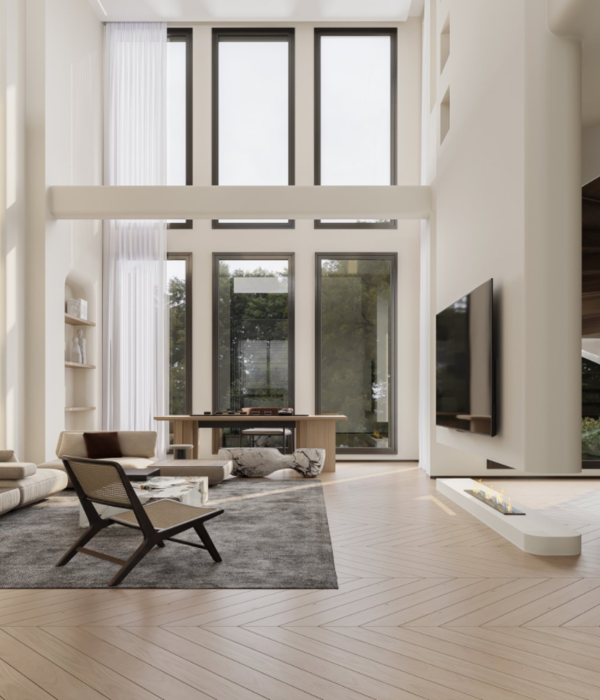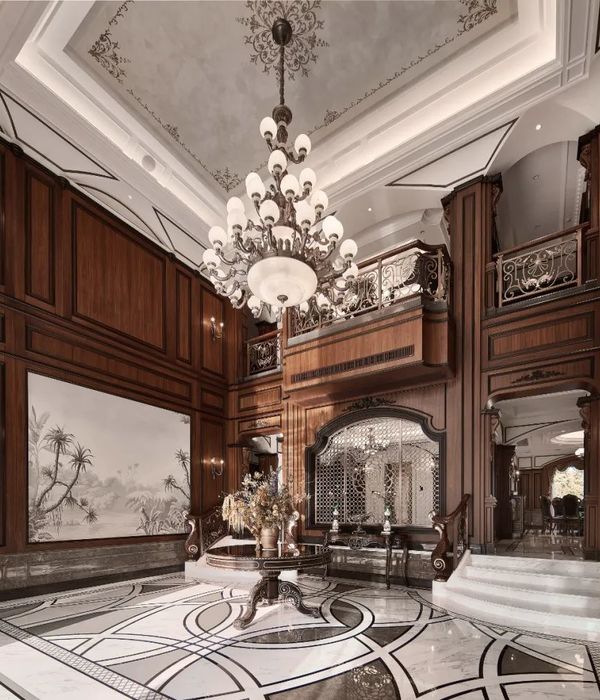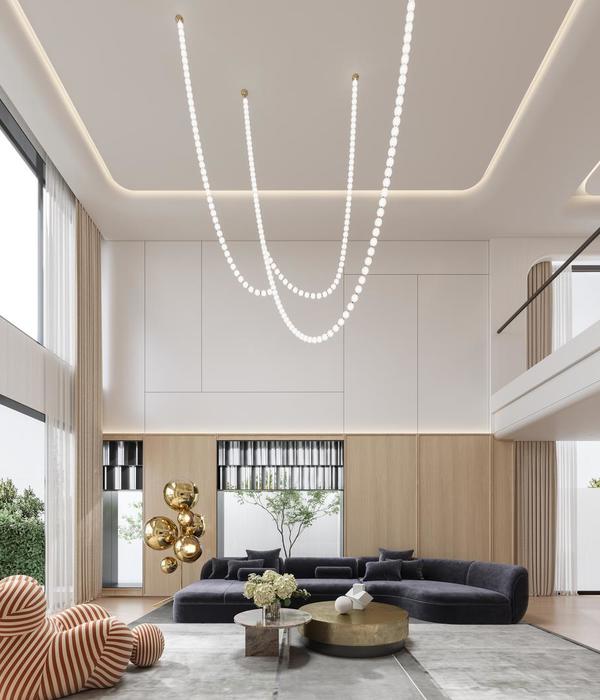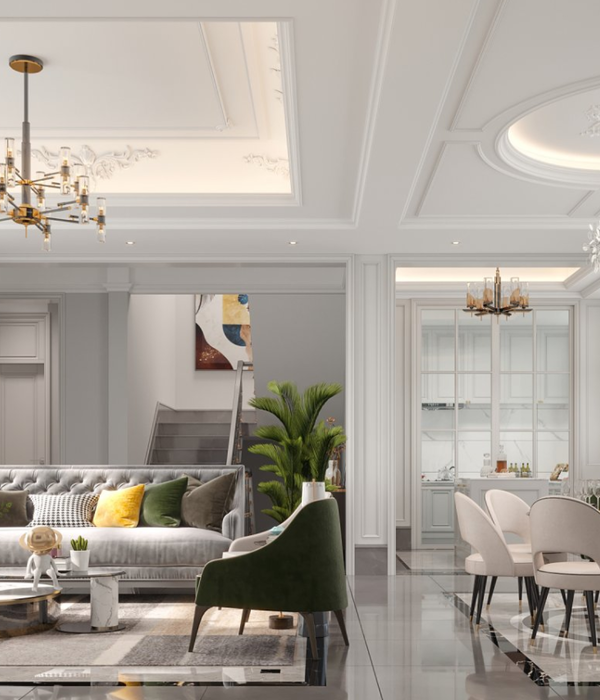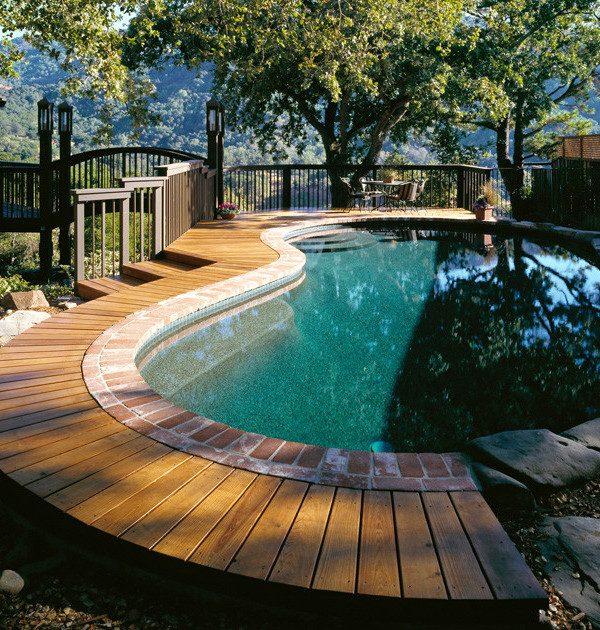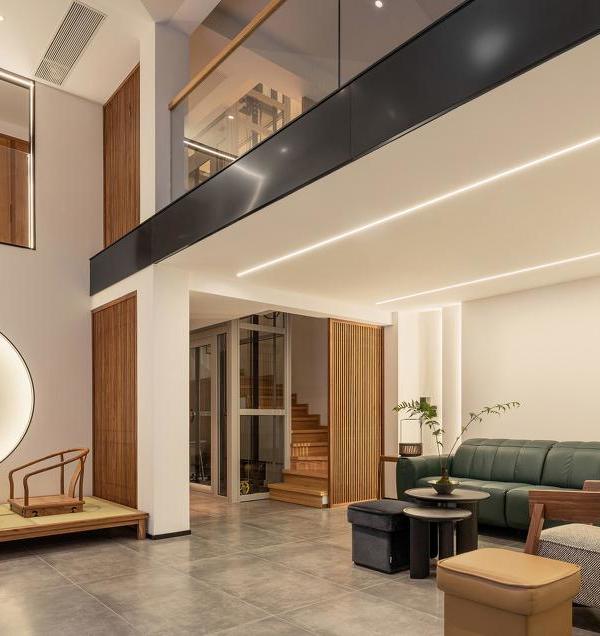The social housing company Goedkope Woning at Kortrij k initiated a comprehensive upgrade of its outdated assets in 2008. It intentionally put the emphasis on healthier homes, rational and more effi cient use of space, lower energy consumption and low maintenance costs. At the same time, it also aims fundamentally to reorient the liveability of the neighbourhoods, to integrate into the existing social setting to the greatest possible extent. Thus, for example, it has been ensured that each neighbourhood offers a variety of house designs in keeping with the big changes that tenants and their families will experience over the course of their lives. It offers residents even more opportunities to take responsibility for their own living environment, and to be more socially engaged in their own, largely multicultural, neighbourhood. This highly ambitious project was one of the entries competing for grants of substantial European Concerto subsidies for energy-effi cient construction in 2009. The proposed “ECO Life Project” was chosen from the many international entries - for the fi rst time in Belgium. The project at Kortrij k was submitted along with the Danish project at Høje Taastrup and another project at Birštonas, Lithuania. Goedkope Woning’s local partners are the architects BURO II & ARCHI+I, Ghent University, Eco-power, EVR architects, E-ster and the City of Kortrij k. The project period runs from 1 January 2010 to 31 December 2015. The ECO-Life project comprises various sub-projects in Kortrij k: the Pottenbakkershoek, Venning district and apartment blocks at Drie Hofsteden. The project aims to prove the feasibility and profi tability of thoroughgoing sustainable construction and CO2 neutrality within the social housing sector, provided there are suffi ciently experienced designers and contractors, suffi ciently strong political will in favour of redevelopment, and strong support from the residents, both during and after the completion of work. Venning garden city was built in the 1960s on the far side of Kortrij k–Bossuit canal. It comprised 163 homes for rent, many of which were smaller than 30m2. From the January 2010 start, the neighbourhood was split into three zones so that temporary relocation of residents could be co-ordinated with the advance of building and reconstruction work. After one year of preparation, during which the plans were prepared and permits were issued, 34 houses on the canal side were demolished in the spring of 2011 and replaced with 70 new energy selfsuffi cient apartments and 12 granny-fl ats. On 11 June 2013, the fi rst phase was inaugurated and occupied. In the meantime, a second phase of 64 new homes had already been launched, while the third phase was launched the next autumn, with the renovation of 50 existing homes. At present - after 4 years’ work - all 196 homes in the neighbourhood are ready for occupation. From early 2016, public areas of the project will be further upgraded with the construction of a cycleway/ footpath that will pass through the neighbourhood, as well as a renovated, greener Juweliersplein. In this way, the social ‘ghetto district’ of Venning will soon be transformed into the fi rst CO2-neutral neighbourhood in Flanders. It now features its own heating system, which is maintained at the appropriate temperature by a heating plant powered by wood chips. During summer 2013 the University of Ghent began its research project, under which energy consumption in the neighbourhood will be constantly monitored and measured. The project will run until 2016. Its fi ndings are expected to prove to Europe the actual fulfi lment of the promised performance of these homes. The study will provide us with much information on how residents handle the new facilities, and which facilities they fi nd more suitable than others. De Venning is the fi rst large-scale research project in which different construction and ventilation systems are studied, tested and compared against each other. During and after the study, discussions will be held with the residents to fi nd out how optimal results can be achieved.
{{item.text_origin}}

